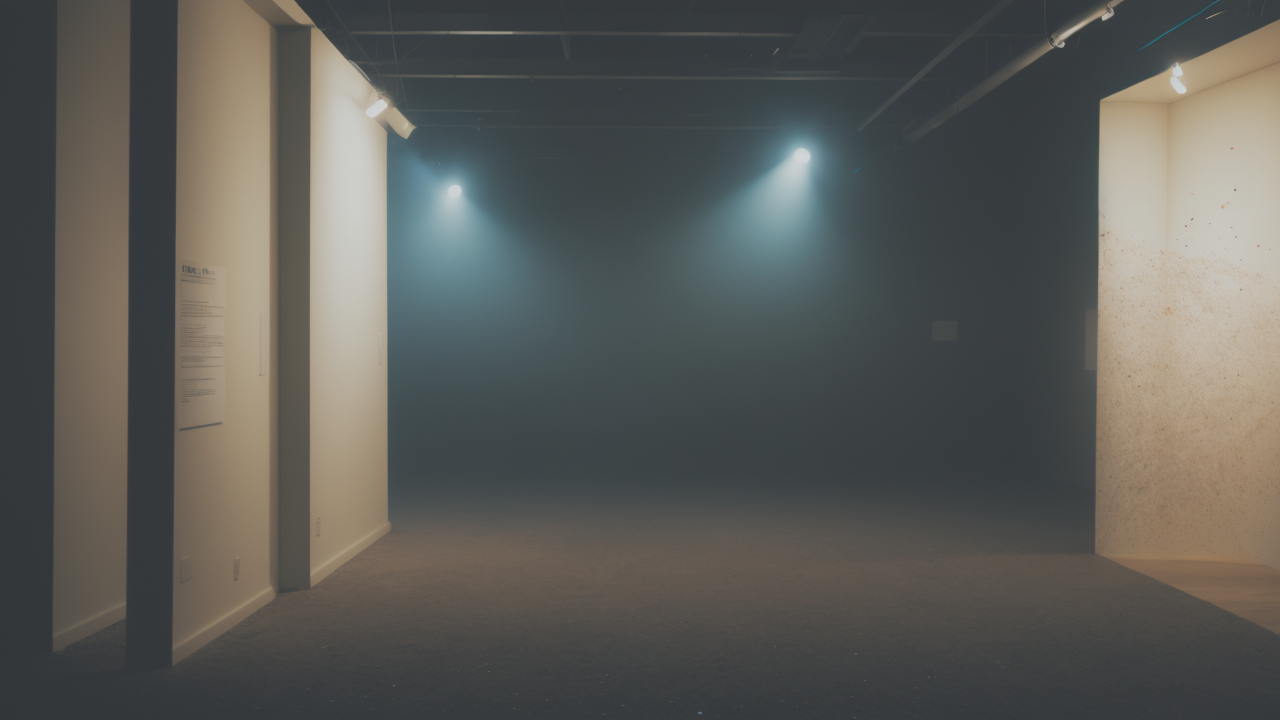
The Renaissance of Plaster: Innovative Wall Art Techniques in the US
The Renaissance of Pop Arte: Plaster in the Contemporary Art Scene
Understanding Pop Arte: A Historical Perspective
Pop arte emerged in the 1950s as a bold reaction to abstract expressionism. It drew inspiration from popular culture and mass media. Artists like Andy Warhol and Roy Lichtenstein led this movement.

Pop arte challenged traditional art forms. It blurred the lines between high and low culture. The movement used bright colors and everyday objects in artworks.
Over time, pop arte has evolved. It now includes new materials and techniques. Plaster has become a popular medium in contemporary pop arte. It offers unique textures and forms for artists to explore.
The Resurgence of Plaster Use in Art Installations
Plaster has made a comeback in the art world. Its versatility and affordability appeal to many artists. They use it to create large-scale installations and sculptures.
Artists appreciate plaster's ability to capture fine details. It can be molded, carved, and painted easily. This allows for endless creative possibilities.
Many artists combine plaster with other materials. This creates interesting contrasts and textures. Plaster installations often play with space and light in innovative ways.
Pop Arte and Plaster: Case Studies of Successful Collaborations
Several artists have made their mark using plaster in pop arte. Jeff Koons created his famous "Play-Doh" sculpture using colored plaster. It showcases the material's potential for vibrant, large-scale works.
Rachel Whiteread uses plaster to cast negative spaces. Her work challenges our perception of everyday objects. It turns the invisible into something tangible.
Niki de Saint Phalle's Tarot Garden features large plaster sculptures. These whimsical creations show how plaster can be used in outdoor installations.
These artists demonstrate the diverse uses of plaster in pop arte. They inspire new generations to experiment with this versatile medium.
Technological Advancements in Plaster Use for Art
Innovations in Plaster Manufacturing
The plaster industry has seen significant advancements. New formulas improve strength and durability. These allow artists to create more complex and lasting works.

Some manufacturers now offer plaster with built-in color. This saves time for artists who would otherwise need to paint their pieces. Quick-setting plasters are available for fast-paced projects.
Lightweight plasters have been developed for large-scale installations. These make transportation and setup easier. The range of plaster options gives artists more creative freedom.
The Role of Digitalization in Plaster Artistry
Digital technology has revolutionized plaster art. 3D printing allows artists to create intricate molds for casting. This opens up new possibilities for complex designs.
Computer-aided design (CAD) software helps plan large-scale installations. Artists can visualize their work before starting the physical creation. This saves time and resources.
Digital sculpting tools let artists create virtual models. These can then be translated into physical plaster forms. The blend of digital and traditional techniques pushes pop arte forward.
Sustainable Practices in Plaster Production
Sustainability is a growing concern in the art world. Many plaster manufacturers are adopting eco-friendly practices. They use recycled materials and reduce waste in production.
Some artists experiment with bio-based plasters. These are made from renewable resources like hemp or algae. They offer a more sustainable alternative to traditional gypsum plaster.
Water conservation is another focus in plaster production. New techniques reduce the amount of water needed. This helps minimize the environmental impact of plaster art.
Navigating the Market: Strategies for Artists and Collectors
Building a Network of Plaster Art Suppliers
For plaster artists, finding reliable suppliers is crucial. It's important to build relationships with multiple suppliers. This ensures a steady supply of materials and access to different plaster types.

Attending art supply trade shows can be helpful. These events showcase new products and allow networking. Online forums and social media groups are good for finding suppliers.
Artists should consider joining professional associations. These often have partnerships with suppliers. They can offer discounts to members. Building a strong network takes time but is valuable.
Legal Considerations for Artists Using Plaster
Artists working with plaster should be aware of certain legal issues. Safety regulations are important when working with plaster dust. Proper ventilation and protective equipment are necessary.
Copyright laws apply to plaster art as they do to other forms. Artists should know how to protect their original works. They should be cautious about reproducing copyrighted images in their art.
Insurance is another consideration for plaster artists. Liability insurance can protect against accidents in the studio. Art insurance can cover damage to valuable works during transport or display.
The Future of Pop Arte and Plaster in the US Art Industry
The future looks bright for pop arte and plaster in the US art scene. There's growing interest in tactile, three-dimensional art forms. Plaster fits well with this trend.
Museums and galleries are showing more interest in plaster art. This may drive demand and prices for quality plaster works. Artists who master plaster techniques may find new opportunities.
Collaboration between artists and tech companies could lead to exciting developments. We might see new ways of creating and experiencing plaster art. The mix of pop arte, plaster, and technology promises to be an exciting space to watch.


